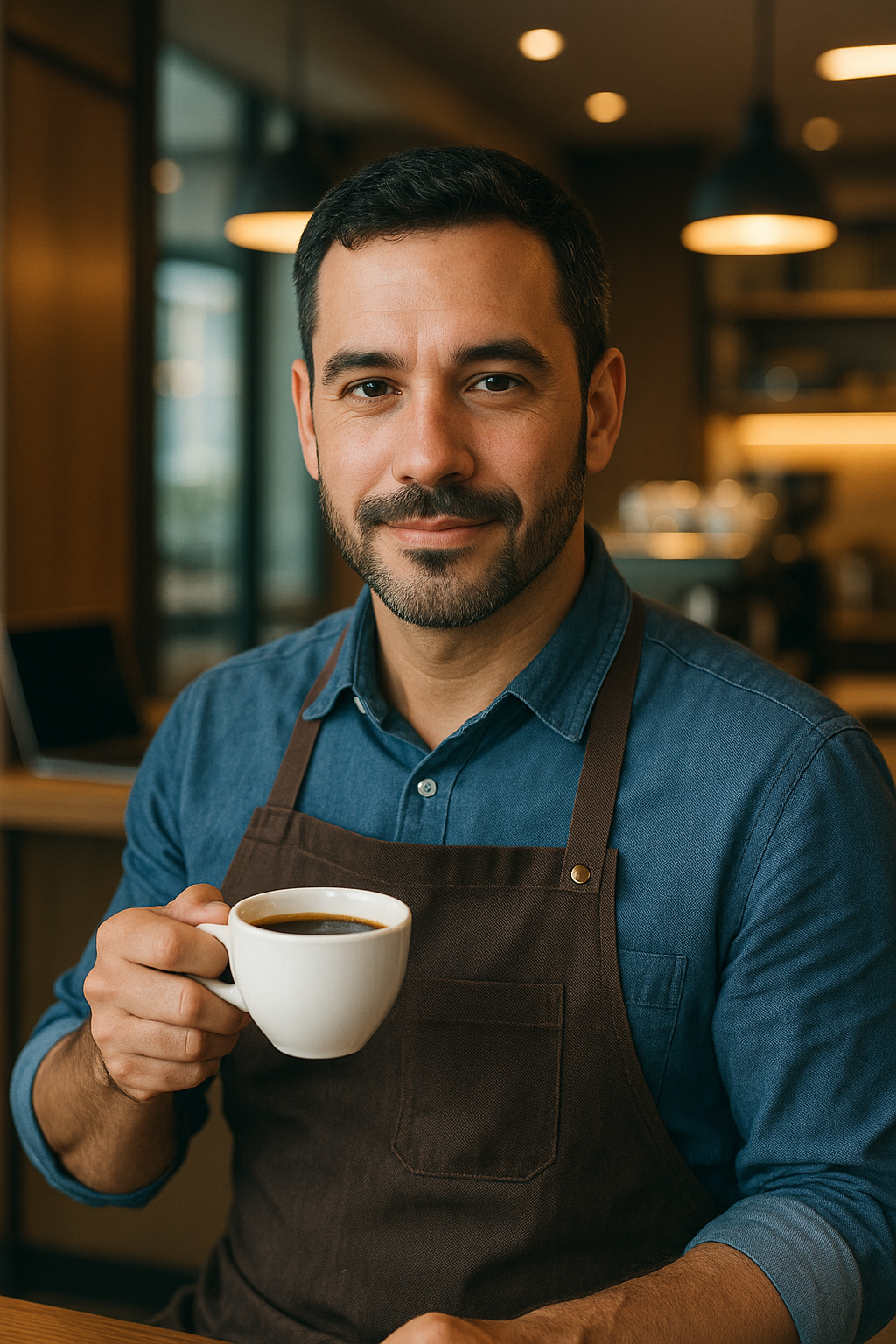Coffee is a daily necessity for many, often consumed without much thought beyond taste and caffeine content. But for some, coffee is an artisanal indulgence, fetching prices that rival fine wine or rare whiskey.
In the world of luxury coffee, beans can cost hundreds—sometimes thousands—of dollars per pound. But what justifies such high prices? Is it rarity, flavor, marketing, or something else?
In this article, we’ll explore the world’s most expensive coffees, uncover the stories behind their price tags, and examine whether these brews are truly worth the hype.
What Makes Coffee Expensive?
Before diving into specific examples, it’s important to understand the factors that contribute to a coffee’s high cost:
- Rarity: Some coffees come from very limited harvests or unique environments.
- Processing Method: Labor-intensive or unusual processing (such as animal digestion) can raise the price.
- Flavor Profile: Complex flavors developed through specific cultivation or fermentation attract connoisseurs.
- Origin and Terroir: The geographic and climatic conditions where coffee is grown impact its quality.
- Labor and Ethics: Some high-end coffees support sustainable and fair-trade practices.
- Marketing and Exclusivity: Limited releases and luxury branding also influence pricing.
Now, let’s look at the most famous (and expensive) coffees in the world.
Kopi Luwak (Civet Coffee) – $100 to $600 per pound
Origin: Indonesia, Philippines, Vietnam
Kopi Luwak, also known as civet coffee, is perhaps the most infamous and controversial expensive coffee. The beans are eaten by a small mammal called the Asian palm civet, fermented in its digestive system, and then excreted, collected, cleaned, and roasted.
Proponents claim that the enzymes in the civet’s stomach reduce bitterness and enhance flavor, resulting in a smoother, richer brew. However, ethical concerns have surrounded the production of Kopi Luwak, as many civets are now kept in captivity in poor conditions.
Because of the rarity of wild-sourced beans and the unusual process, prices can exceed $600 per pound in luxury markets.
Black Ivory Coffee – $500 to $1,500 per pound
Origin: Thailand
Black Ivory Coffee is produced using a method similar to Kopi Luwak, but with elephants. Coffee cherries are fed to elephants, digested, and then picked from their dung. The fermentation process in the elephant’s digestive system supposedly removes bitterness and creates a tea-like texture with floral notes.
This coffee is produced in extremely small quantities—often less than 500 pounds per year—which adds to its exclusivity. It also supports an elephant rescue foundation, which appeals to socially conscious buyers.
Because of its labor-intensive process and scarcity, Black Ivory regularly tops the list of the world’s most expensive coffees.
Hacienda La Esmeralda – $350 to $800 per pound
Origin: Panama
This award-winning coffee from the Boquete region in Panama has set multiple auction records. It’s grown from the Geisha (or Gesha) varietal, originally from Ethiopia, which is known for its bright acidity, jasmine aroma, and tea-like body.
Hacienda La Esmeralda gained fame in 2004 during a coffee competition and has remained a luxury brand ever since. Limited production, meticulous processing, and consistent flavor excellence justify its high prices. At auctions, rare microlots have fetched over $800 per pound.
St. Helena Coffee – $145 to $300 per pound
Origin: St. Helena Island (South Atlantic Ocean)
This coffee comes from the remote island of St. Helena, best known as Napoleon’s place of exile. The island’s volcanic soil and climate provide ideal conditions for growing high-quality Green-Tipped Bourbon Arabica beans.
St. Helena Coffee is prized for its mild acidity, caramel sweetness, and citrus notes. Transporting anything from the island is costly, which adds to the final retail price.
It’s not just rarity—it’s also a taste profile that many connoisseurs find irresistible.
Finca El Injerto – $250 to $500 per pound
Origin: Guatemala
This coffee comes from a family-owned farm that produces small-batch, high-altitude coffee. The beans are of the rare Maragogype varietal, known for its large size and complex flavors.
El Injerto has won numerous Cup of Excellence awards, which significantly raise the profile—and price—of a coffee. It’s known for its balance, floral notes, and clean finish.
Microlots of this coffee are auctioned off to the highest bidders, often fetching prices in the hundreds per pound.
Jamaican Blue Mountain – $100 to $200 per pound
Origin: Jamaica
Grown in the Blue Mountains of Jamaica, this coffee is known for its smooth flavor and low acidity. It has a loyal fanbase and is highly sought after in markets like Japan, which buys up to 80% of the total annual output.
What drives the price? Limited production, labor-intensive harvesting, and strict quality controls enforced by the Coffee Industry Board of Jamaica. Only beans grown in the official Blue Mountain region can carry the name.
Ospina Dynasty Coffee – $400 to $700 per pound
Origin: Colombia
Ospina Coffee is produced by a family that has been cultivating coffee in Colombia for over 180 years. The beans are grown at high altitudes and go through an intricate, handcrafted process.
The most expensive version, Ospina Premier Grand Cru, uses rare Arabica Typica beans and is aged in wooden barrels. It has a flavor profile of red fruits, caramel, and a touch of spice, and is often packaged in luxury containers aimed at collectors and elite coffee drinkers.
Yirgacheffe Coffee – $60 to $150 per pound (Premium Microlots)
Origin: Ethiopia
Yirgacheffe, one of the most famous regions in Ethiopia, produces coffees with bright citrus, floral, and tea-like qualities. While basic Yirgacheffe is affordable, certain microlots—especially from heirloom varietals processed using traditional methods—can fetch very high prices.
These coffees are often sold directly to roasters or collectors and may be sun-dried on raised beds, enhancing their fruity complexity.
Is It Worth the Price?
To the average coffee drinker, the idea of paying hundreds of dollars per pound seems absurd. But in the world of high-end coffee, it’s not just about caffeine—it’s about experience, rarity, and craft.
High prices often reflect:
- Sustainable and ethical practices
- Exceptional growing conditions
- Limited harvests and auctions
- Unique flavor profiles that can’t be found elsewhere
Still, there is also an element of status and exclusivity involved. Some buyers are collectors; others are luxury consumers looking for something rare and prestigious.
Final Thoughts: Prestige in a Cup
The world’s most expensive coffees represent the intersection of agriculture, culture, science, and luxury. Whether passed through an elephant, harvested from a volcanic island, or grown at extreme altitudes, these beans tell stories that go far beyond flavor.
For some, it’s a once-in-a-lifetime indulgence. For others, it’s a daily ritual elevated to an art form. Either way, these exclusive coffees reflect just how far humans are willing to go in pursuit of the perfect cup.

Marcelo Oliveira is a coffee enthusiast and content creator specializing in barista skills, brewing methods, equipment reviews, coffee-related health insights, and fascinating curiosities from the coffee world. With a deep passion for every step of the brewing process, he turns technical knowledge into accessible and engaging content for both beginners and seasoned coffee lovers. Marcelo’s goal is to help readers appreciate the full experience of coffee—from bean to cup.
